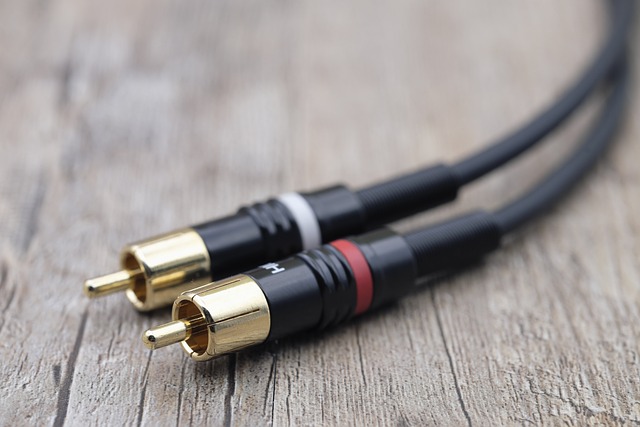The history of RCA formats is a fascinating journey through the evolution of audio and video technology that has shaped our home cinema experiences today. RCA connectors, established in the 1940s, were originally designed to carry audio signals from turntables to amplifiers. As television and film became increasingly popular, the need for a reliable method to transmit video signals arose, leading to the widespread adoption of RCA in various formats.
In the realm of audio, RCA cables carry the nostalgic charm of vinyl records while also accommodating the digital era. Whether you’re setting up a cinema room with surround sound speakers or simply enjoying a classic film, the RCA format plays a crucial role in delivering high-quality sound. The distinctive red and white connectors symbolize the era when people first experienced sound coming to life in their homes. They evoke memories of family movie nights and gatherings where a simple audio connection could transform a living room into a mini-cinema.
When it comes to video, the RCA format paved the way for us to enjoy our favorite films in the comfort of our homes. These connectors made it possible to link VCRs and video game consoles to televisions, enabling a revolution in home entertainment. As technology advanced, the composite video connector, often identified by its yellow cable, emerged. This allowed for a single-channel video output, ensuring that families could enjoy vibrant visuals along with their enthralling auditory experiences.
As we now delve into the era of high-definition entertainment, the evolution of RCA formats has not gone unnoticed. The gradual transition toward component cables, which separate the video signal into three different channels, demonstrated significant strides in video quality. But nevertheless, RCA connectors remain a beloved connection type for many home cinema enthusiasts. They are often seen as a bridge between vintage equipment and the latest tech trends.
For cinema room aficionados, the configuration of equipment using RCA connectors often becomes a labor of love. The thrill of setting up the perfect sound system, complete with multiple RCA connections for unparalleled audio quality, is a tradition that transcends generations. Bringing together varied devices such as DVD players, streaming devices, and gaming consoles showcases the adaptability of the RCA format while fostering that unique home theatre ambiance.
Moreover, the growing trend of retro aesthetics in cinema rooms highlights a revived appreciation for RCA connectors. They not only serve a functional purpose but also evoke a nostalgic vibe. Incorporating vintage technology alongside modern devices allows enthusiasts to craft environments that resonate with both history and innovation. As we explore these connections, we become part of an ever-evolving narrative, one that speaks to our deep-rooted desire for immersive experiences in the realm of audio and video entertainment.
In conclusion, the RCA format has not just been about cables and connectors; it’s about experiences, memories, and a passion for cinema. From the classic sound of a record player playing in the background during a film to the high-definition streaming options available today, RCA continues to play an integral role in shaping the way we enjoy our favorite movies and music at home. Embracing the evolution of these formats allows us to appreciate the rich tapestry of technological progress while celebrating the enduring love for cinema.


